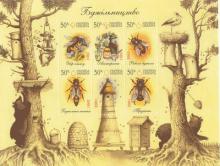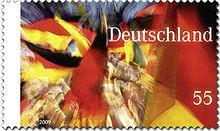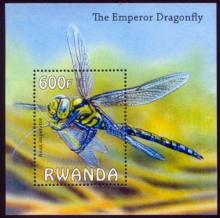Syngenta bedauert geplante Pestizid-Nutzungseinschränkungen
Der Agrochemiekonzern Syngenta bedauert die Entscheidung der EU-Kommission, eine zweijährige EU-weite Nutzungseinschränkung für Pestizide auf Neonikotinoid-Basis zu verhängen. Der Kommission sei es in der heutigen Abstimmung erneut nicht gelungen die notwendige Unterstützung für ihr geplantes Verbot für diese wichtige Technologie zu erhalten, hält Syngenta in einer Medienmitteilung am Montag fest. Bei einer erneuten Abstimmung in Brüssel hatten die Pläne der Kommission keine qualifizierte Mehrheit erreicht, obwohl das Verbot von 15 der 27 Mitgliedsstaaten unterstützt wurde. Da jedoch auch für eine Ablehnung keine Mehrheit zustande kam, liegt die Entscheidung nun bei der Kommission, die das Verbot befürwortet. Betroffen sind drei synthetische Insektizide (Neonicotinoide) für die Einsatzbereiche Sonnenblumen, Raps, Mais und Baumwolle. Von Syngenta ist das Produkt Thiamethoxam betroffen, von Bayer Imidacloprid und Clothianidin.










